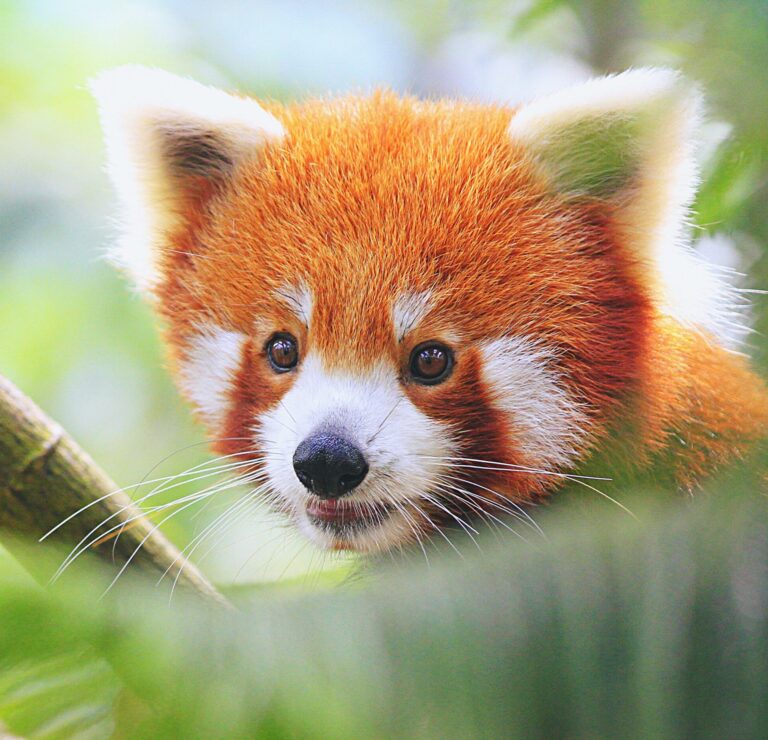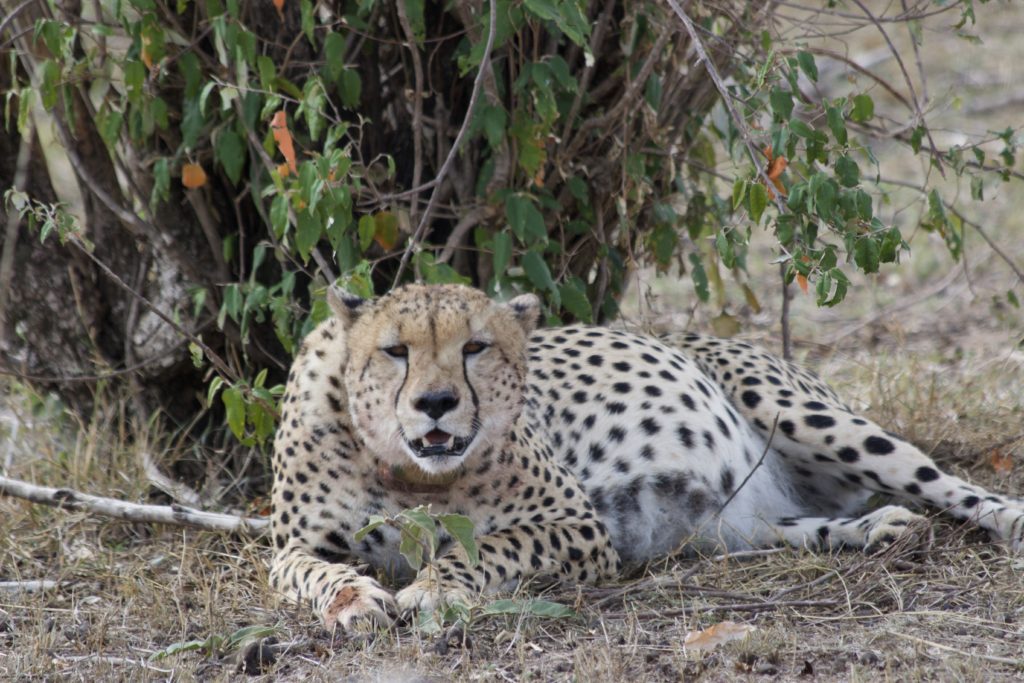Species in Peril:
RED PANDAS

Fierce and adorable animal
Communication
The red panda has at least seven different vocalizations, including growls, barks, squeals, hoots, bleats, grunts, and twitters. During battles and aggressive chases, growling, barking, grunting, and squealing are common. Hooting is a reaction to being approached by another person. After scent-marking and sniffing, bleeding is recorded.
During courting, especially before mounting, males may bleat. Mating females create Twittering. Individuals arch their backs and tails while slowly moving their heads up and down during both play and violent fights.
They then move their heads side to side while jaw-clapping and raise a forepaw with the intent to strike. Before lunging, they rise on their hind legs and elevate their forelimbs above their heads.
Their diets
The red panda, like the giant panda, is a bamboo eater who eats mostly bamboo. The red panda can eat fruits, mushrooms, leaves, grasses, roots, fruits, lichens, and acorns in the summer.
The red panda, despite being herbivorous, is known to consume mice and birds. Because bamboo has such a poor food content, the Red panda has a slow metabolism and spends much of its day foraging. The digestive system of the red panda is similar to that of the giant panda.
A carnivorous diet is better for the Red Panda. However, it cannot digest cellulose, so it must consume a large volume of bamboo to survive and is therefore classed as mostly herbivorous.
Threats they face
The red panda faces several problems, including habitat damage and fragmentation caused by a growing human population, deforestation, illegal harvesting of non-timber forest products, and disturbances by herders and cattle. Livestock trampling reduces bamboo growth, while clearcutting reduces the ability of some bamboo species to recover.
In 1958–1960, the chopped lumber stock in Sichuan alone reached 94,000,000 cu ft, and between the mid 1970s and the late 1990s, 1,389.2 sq mi of red panda habitat were logged. Solid trash, livestock routes and herding stations, and people collecting firewood and medicinal herbs all harm red panda habitat outside of protected areas in Nepal.Grazing by livestock during seasonal transhumance, human-caused forest fires, and the gathering of bamboo as cattle feed in the winter are all threats recognized in Nepal’s Lamjung District.
The mobility of red pandas between habitat patches is hampered by vehicular activity. Poaching is also another threat to red pandas.
A Few More Facts About Red Pandas
- They were given the name ‘panda’ first; roughly fifty years before the black and white variety
- They have a false thumb (an extended wrist bone) which has developed over time to help them climb trees and eat bamboo.
- They’re vegetarian omnivores.
- They Are not closely related to Giant Pandas
- Red pandas are skilled tree-top navigators; they have sharp, semi-retractable claws like a cat, which they use to grip mossy and slippery tree branches
- Red pandas lick themselves clean
- 7.Newborns hardly have any fur on the bottoms of their feet
Species in Peril Video Series: Red Pandas
Cheetahs are in Danger of Extinction
The cheetah is in danger of extinction through loss of habitat due to humans killing them for their beautiful fur coat.
We owe it to the fastest land animals on the planet to protect their environment so that they will always have a place on this planet to live free from human interference and thrive in their natural habitats.

Species Name
Ailurus fulgens
Estimated Population
8,000-10,000 globally
Conservation Status
Endangered
Range
Northern China, Nepal
Reasons for Population Decline
Habitat destruction
Poaching


